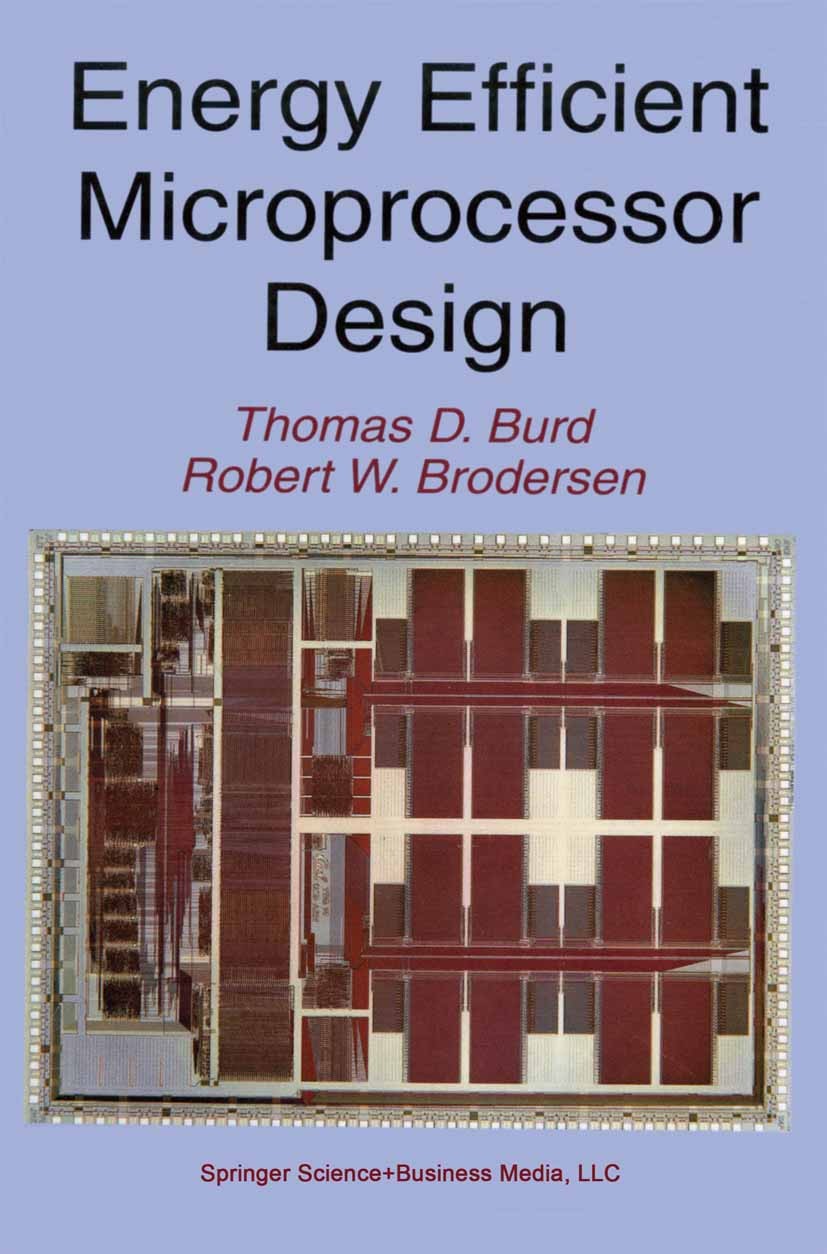| 书目名称 | Energy Efficient Microprocessor Design |
| 编辑 | Thomas D. Burd,Robert W. Brodersen |
| 视频video | http://file.papertrans.cn/311/310272/310272.mp4 |
| 图书封面 |  |
| 描述 | This work began in 1995 as an outgrowth of the InfoPad project which showed us that in order to reduce the energy consumption of a portable multimedia terminal that something had to be done about the consumption of the microprocessor subsystem. The design of the InfoPad attempted to reduce the requirements of this general pur pose processor by moving the computation into the network or by the use of highly optimized integrated circuits, but in spite of these efforts it still was a major consumer of energy. The reasons for this became apparent as we determined that the energy required to perform a function in dedicated hardware could be several orders of magnitude lower than that consumed in the InfoPad microprocessor. We therefore set out on a full fledged attack on all aspects of the microprocessor energy consumption [1 J. After considerable analysis it became clear that though better circuit design and a stream lined architecture would assist in our goal of energy reduction, that the biggest gains were to be found by operating at reduced voltages. For the busses and VO this could be accomplished without significant degradation of the processor performance, but this was not a st |
| 出版日期 | Book 2002 |
| 关键词 | Signal; Software; architecture; circuit design; computer; computer architecture; integrated circuit; microp |
| 版次 | 1 |
| doi | https://doi.org/10.1007/978-1-4615-0875-5 |
| isbn_softcover | 978-1-4613-5282-2 |
| isbn_ebook | 978-1-4615-0875-5 |
| copyright | Springer Science+Business Media New York 2002 |
 |Archiver|手机版|小黑屋|
派博传思国际
( 京公网安备110108008328)
GMT+8, 2025-12-25 13:07
|Archiver|手机版|小黑屋|
派博传思国际
( 京公网安备110108008328)
GMT+8, 2025-12-25 13:07


